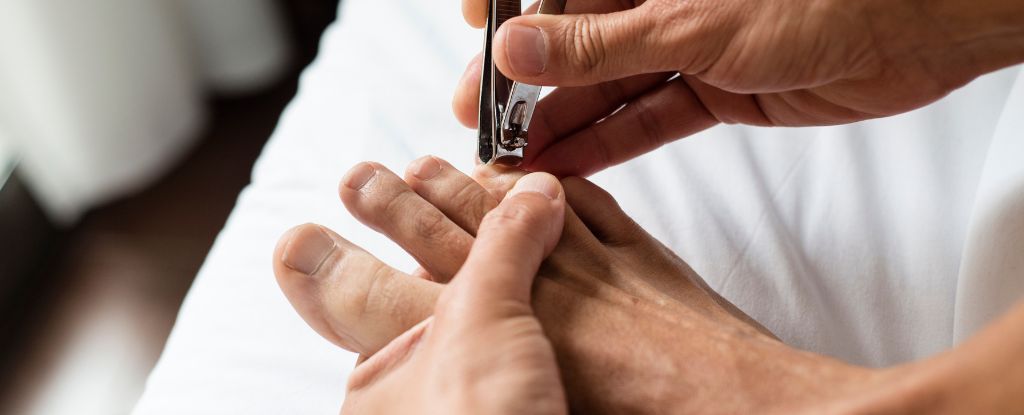
Recent research suggests that examining toenails may provide insights into exposure to hidden lung cancer risk factors beyond traditional smoking. The study, conducted by scientists at the University of California, highlights the significance of toenail analysis as a potential diagnostic tool for identifying carcinogenic exposures.
Lung cancer remains a leading cause of cancer-related deaths globally, with smoking being the most recognized risk factor. However, this new study emphasizes that other environmental and occupational exposures can also contribute significantly to lung cancer risk. Health officials are taking notice as they seek to broaden understanding of the disease’s underlying causes.
The research, published in early February 2024, involved a comprehensive analysis of toenail clippings from participants in various demographics, including non-smokers and those with occupational exposure to hazardous materials. The toenails served as a bioindicator, reflecting accumulated exposure to harmful substances over time.
According to the findings, specific carcinogens found in the toenail samples were linked to increased lung cancer risk. This underscores the importance of considering factors such as occupational exposure to chemicals and environmental pollutants when assessing individual risk profiles. The study’s lead researcher emphasized the potential for toenail analysis to serve as a non-invasive method for screening and early detection.
Implications for Public Health
The implications of this research are significant for public health initiatives. As awareness around lung cancer grows, health officials could leverage toenail analysis as a tool for screening at-risk populations, particularly among individuals in industries with high exposure to carcinogens. The Centers for Disease Control and Prevention (CDC) is expected to review these findings as part of their ongoing efforts to develop comprehensive strategies to combat lung cancer.
The study also raises questions about existing regulations regarding occupational health and safety. If toenail analysis proves effective, it may lead to a reevaluation of workplace safety standards and increased monitoring of exposure to harmful substances. This could help protect workers and reduce the overall incidence of lung cancer linked to environmental factors.
Researchers are now calling for further studies to validate these findings and explore the broader applications of toenail analysis in cancer risk assessment. They believe that this method could provide a cost-effective and accessible means of identifying individuals who may benefit from enhanced surveillance and preventive measures.
As the scientific community continues to explore the complexities of lung cancer causation, the role of non-traditional indicators like toenails may pave the way for innovative approaches to cancer prevention and management. The increasing understanding of how various factors contribute to this disease underscores the need for continued research and public awareness campaigns aimed at reducing lung cancer risk.






